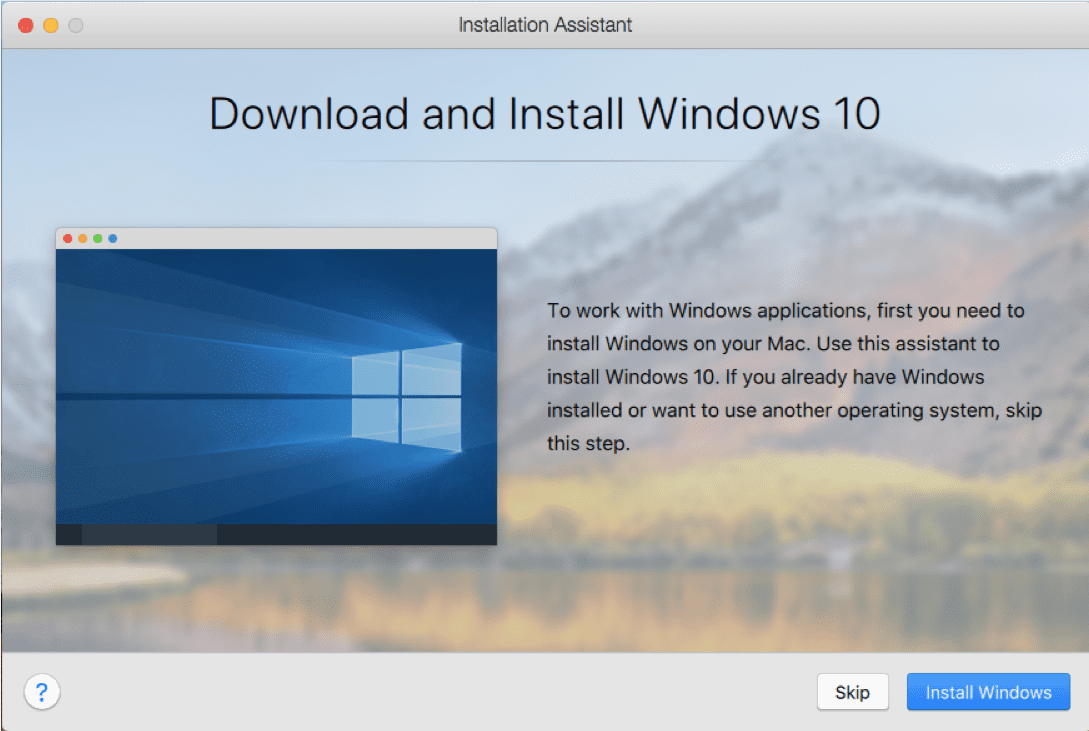

Parallels 13 user guide software#
The following software technologies implement fixed pass-through: As such, it has the lowest consolidation ratio and the highest cost, as each graphics-accelerated virtual machine requires an additional physical GPU. This technique achieves 96–100% of native performance and high fidelity, but the acceleration provided by the GPU cannot be shared between multiple virtual machines. In fixed pass-through or GPU pass-through (a special case of PCI pass-through), a GPU is accessed directly by a single virtual machine exclusively and permanently.

Parallels 13 user guide for mac#
Parallels Desktop for Mac 3D acceleration VMware Virtual Shared Graphics Acceleration (vSGA) VMGL for OpenGL) when it is not supported by the hypervisor's software package, although network delay and serialization overhead may outweigh the benefits.Īpplication support from API remoting virtualization technologies rCUDA for CUDA) or add support for typical APIs (e.g. Using a network interface instead (a common approach in distributed rendering), third-party software can add support for specific APIs (e.g. Hypervisors usually use shared memory between guest and host to maximize performance and minimize latency.


 0 kommentar(er)
0 kommentar(er)
